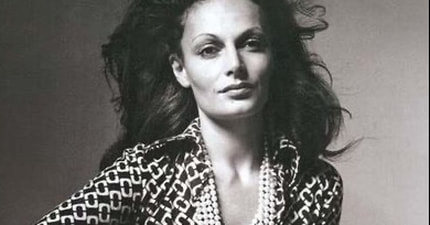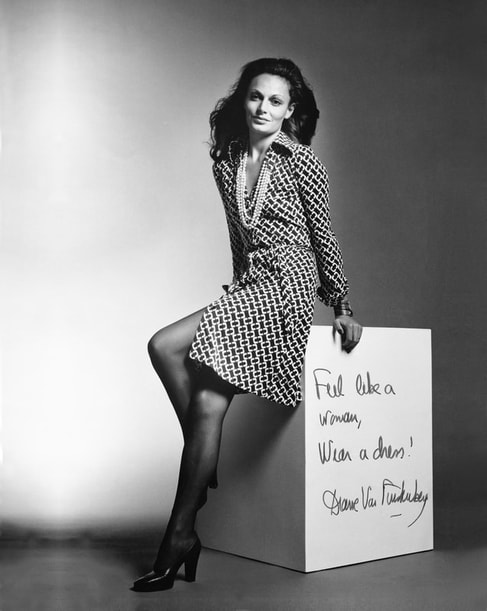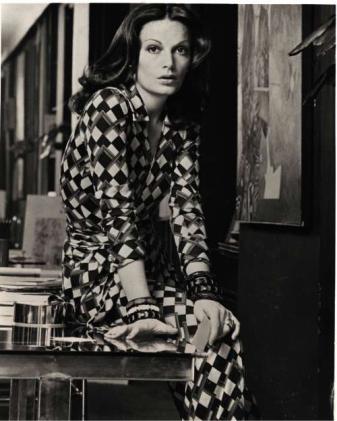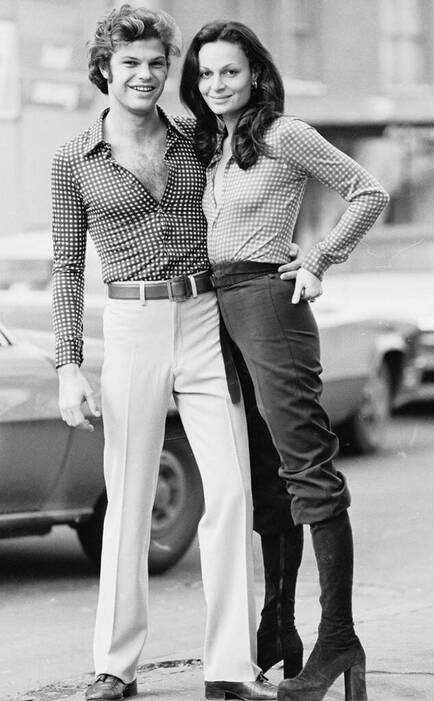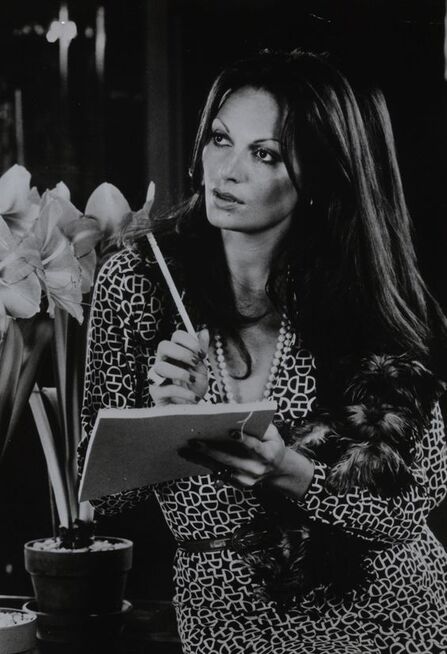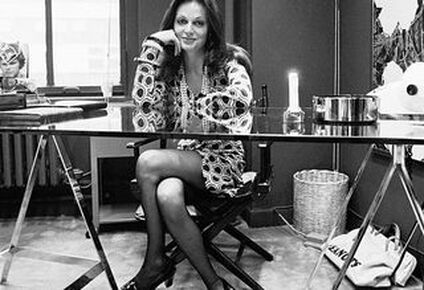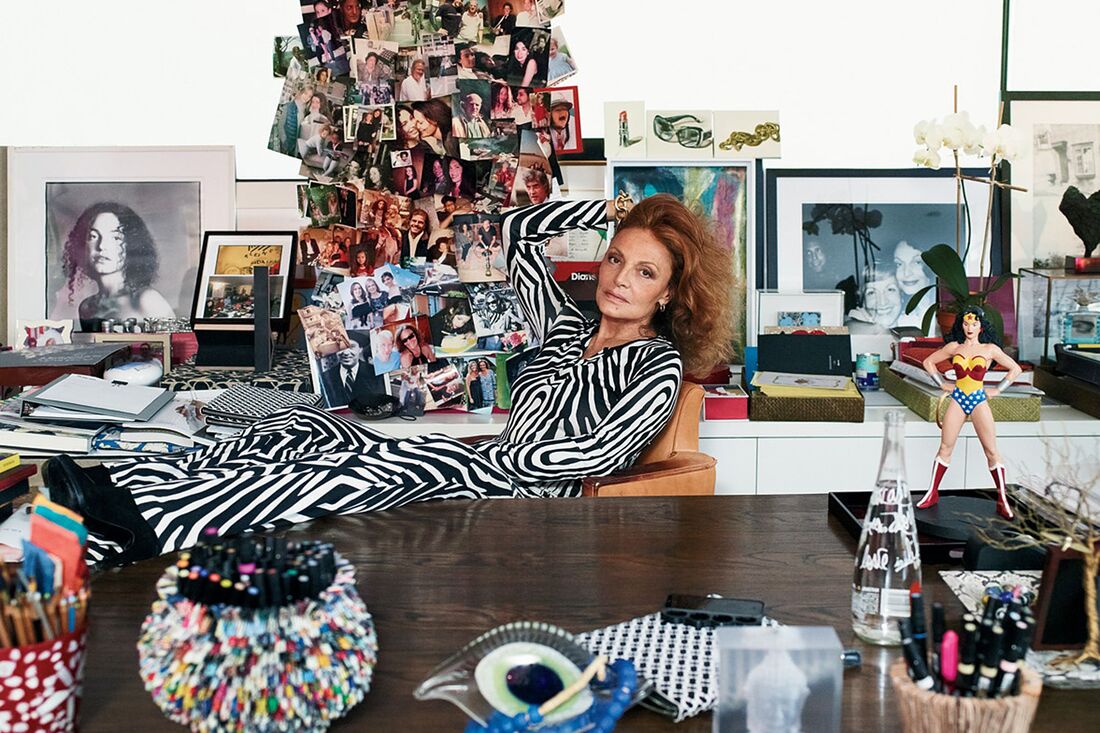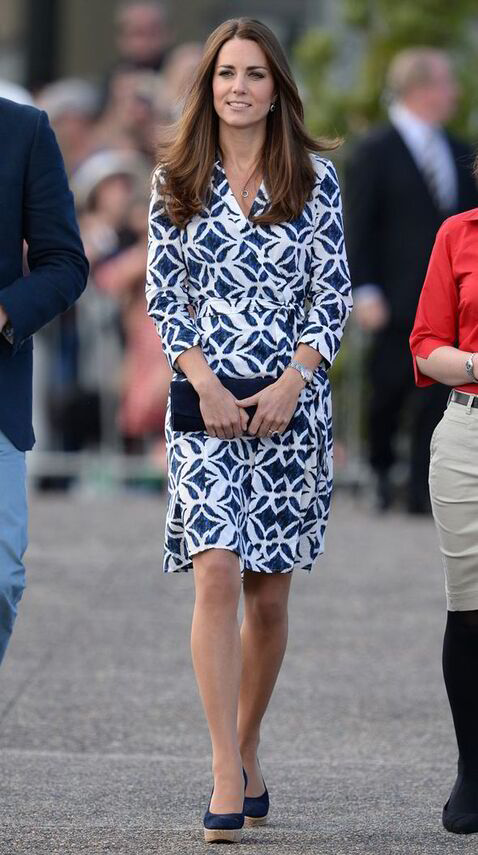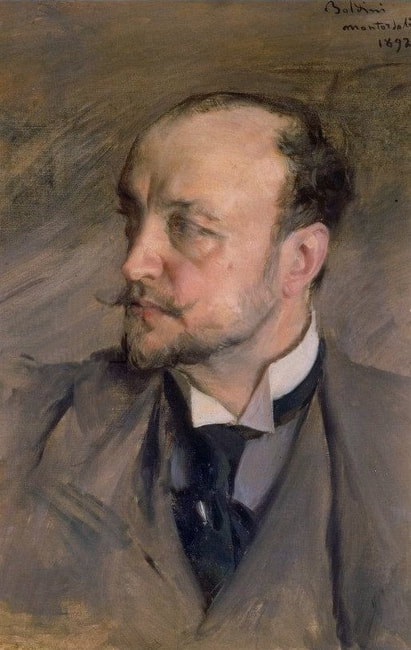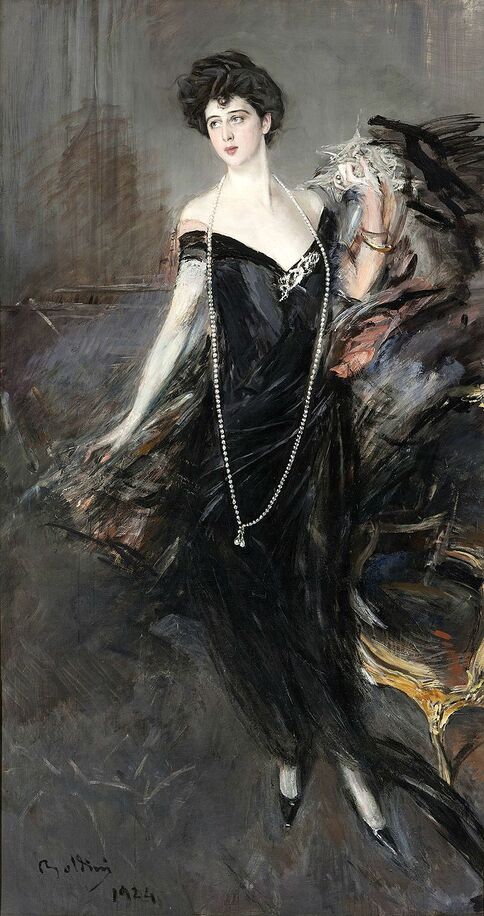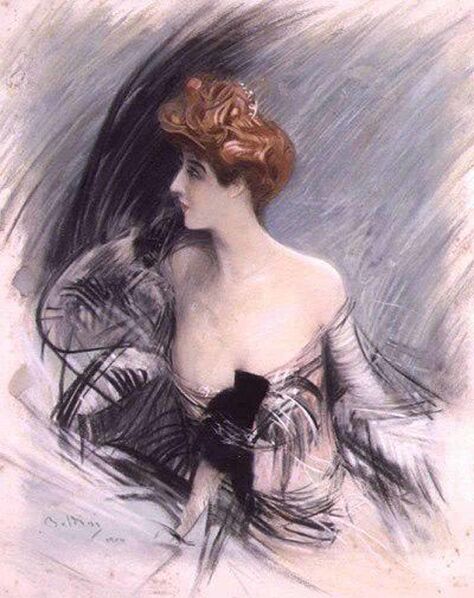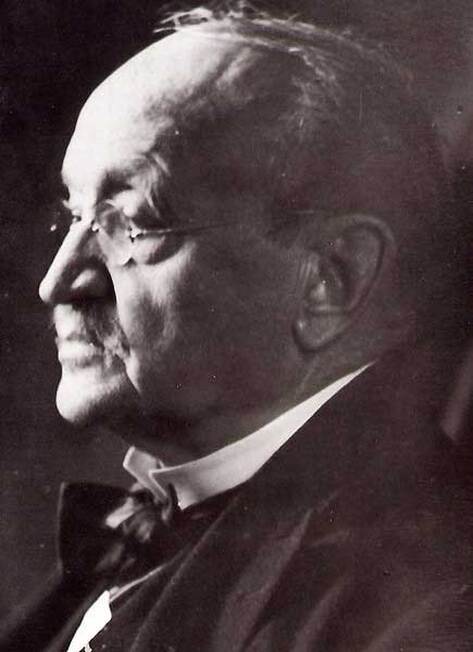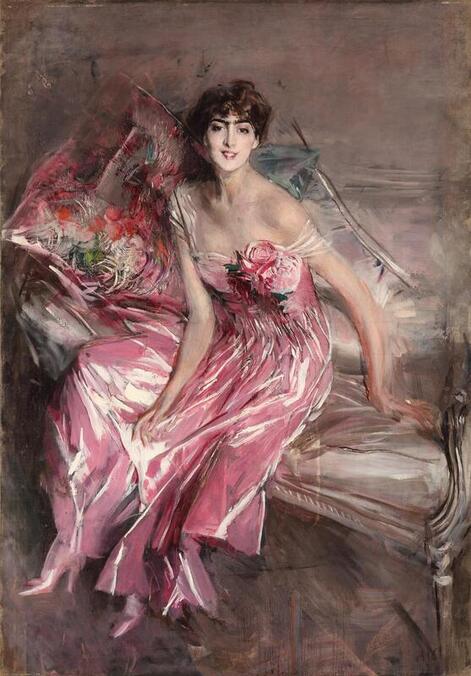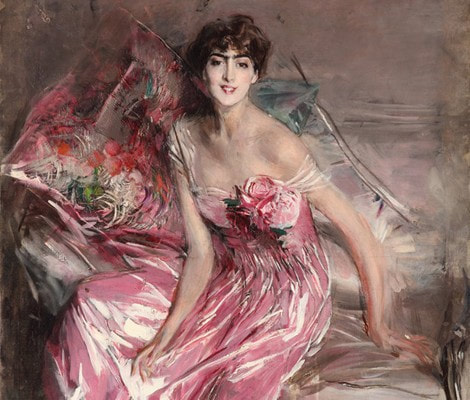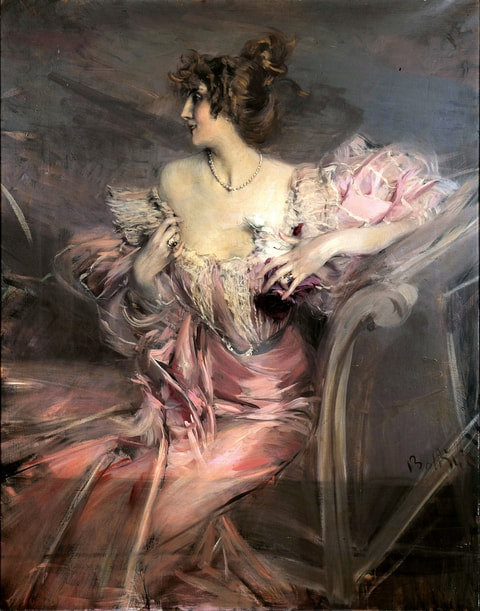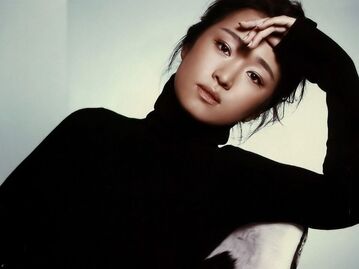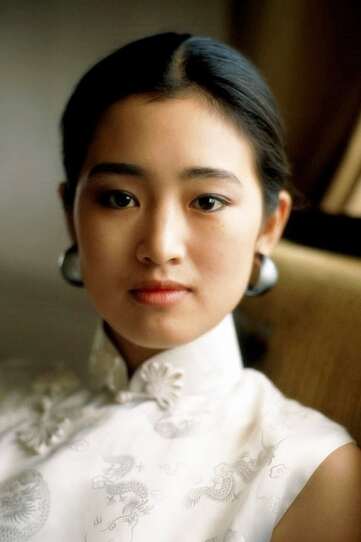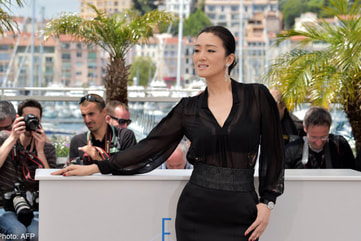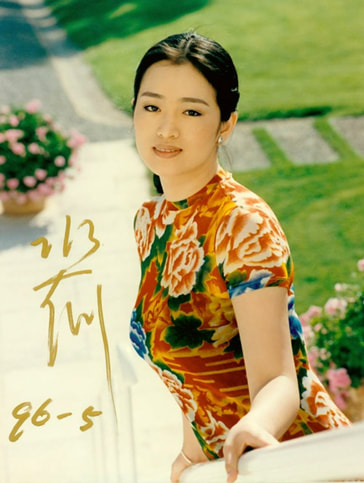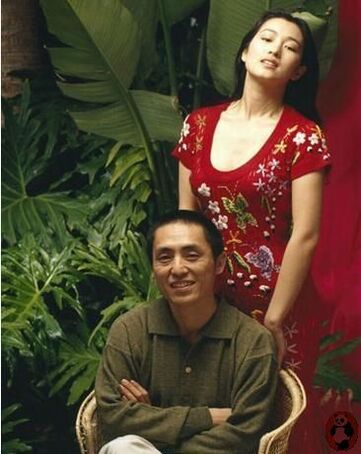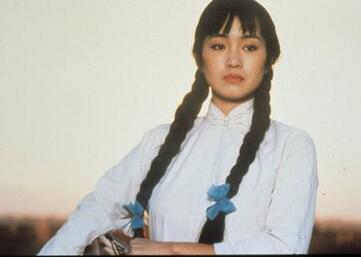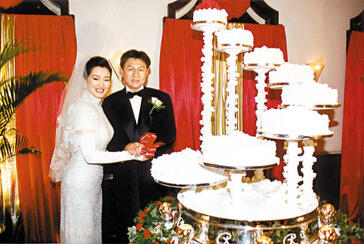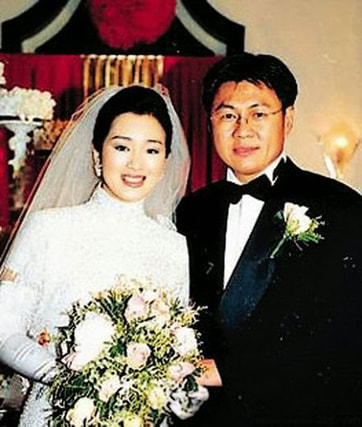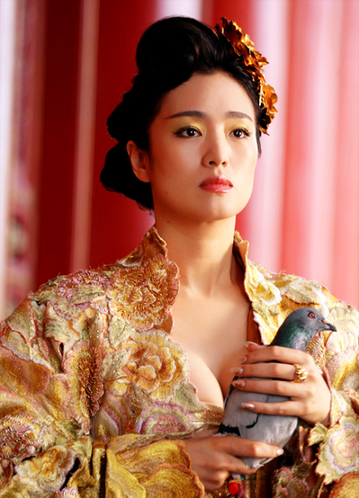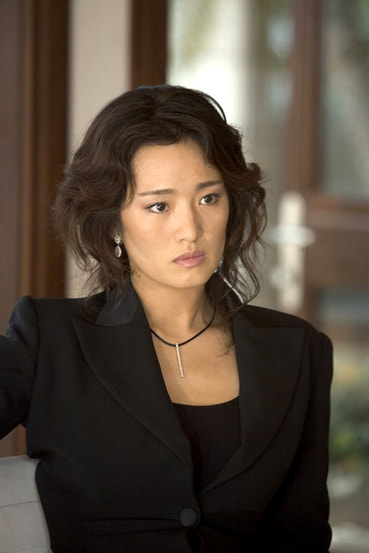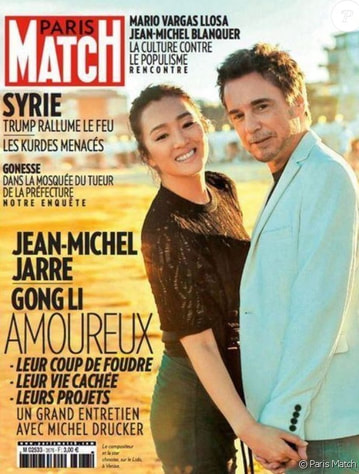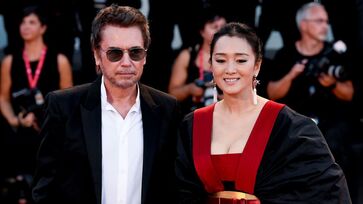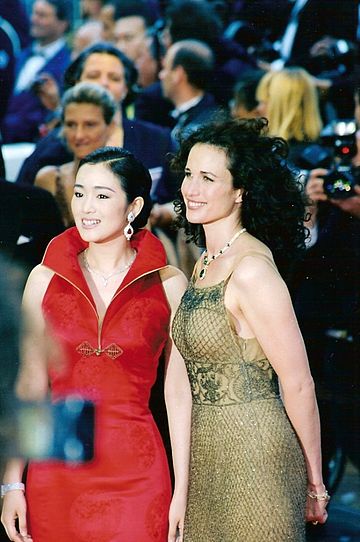Profile of Diane von Fürstenberg Diane von Fürstenberg, formerly Princess Diane of Fürstenberg (German: Diane Prinzessin zu Fürstenberg; born Diane Simone Michelle Halfin; December 31, 1946), is a Belgian fashion designer best known for her wrap dress. She initially rose to prominence when she married into the German princely House of Fürstenberg, as the wife of Prince Egon von Fürstenberg. Following their separation in 1973 and divorce in 1983[citation needed], she has continued to use his family name. Her fashion company, Diane von Furstenberg (DVF) is available in over 70 countries and 45 free-standing shops worldwide, with the company's headquarters and flagship boutique located in Manhattan's Meatpacking District. She is president of the Council of Fashion Designers of America (CFDA), a position she has held since 2006; in 2014 was listed as the 68th most powerful woman in the world by Forbes; and in 2015 was included in the Time 100, as an Icon, by Time Magazine. In 2016, she was awarded an honorary doctorate from The New School. Biography of Diane von FürstenbergDiane von Fürstenberg was born Diane Simone Michelle Halfin in Brussels, Belgium to Jewish parents. And 18 months before Fürstenberg was born, her mother, the Greek-born Liliane Nahmias was a prisoner at Auschwitz concentration camp. Fürstenberg has spoken broadly about her mother's influence in her life, crediting her with teaching her that "fear is not an option". Fürstenberg attended a boarding school in Oxfordshire. She studied at Madrid University before transferring to the University of Geneva to study economics. At university, when she was 18, she met Prince Egon von Fürstenberg, the elder son of Prince Tassilo zu Fürstenberg, a German Roman Catholic prince, and his first wife, Clara Agnelli, an heiress to the Fiat automotive fortune and member of the Italian nobility. She then moved to Paris and worked as an assistant to fashion photographer's agent Albert Koski. She left Paris for Italy to apprentice to the textile manufacturer Angelo Ferretti in his factory, where she learned about cut, color and fabric. It was here that she designed and produced her first silk jersey dresses. Diane Simone Michelle Halfin married Egon von Fürstenberg in 1969 and became Her Serene Highness Princess Diane of Fürstenberg. A year after marrying, Fürstenberg began designing women's clothes: After moving to New York, she met high-profile Vogue editor Diana Vreeland, who declared her designs "absolutely smashing". She had her name listed on the Fashion Calendar for New York Fashion Week, and so her business was created. In 1973, Diane von Fürstenbergs separated from her husband Egon von Fürstenberg. In 1974, she introduced the knitted jersey "wrap dress", an example of which, due to its influence on women's fashion, is in the collection of the Costume Institute of the Metropolitan Museum of Art. After the success of the wrap dress, Furstenberg was featured on the cover of Newsweek magazine in 1976. The accompanying article declared her "the most marketable woman since Coco Chanel." She launched a cosmetic line and her first fragrance, "Tatiana", named after her daughter. The New York Times reported that by 1979 the annual retail sales for the company were $150 million. In 1983, Diane von Fürstenbergs and Egon von Fürstenberg divorced and two years later, Fürstenberg moved to Paris, France where she founded Salvy, a French-language publishing house. Fürstenberg started a number of other businesses including a line of cosmetics and a home-shopping business, which she launched in 1991. In 1992, Fürstenberg sold $1.2 million dollars of her Silk Assets collection in two hours on QVC. Fürstenberg relaunched her company in 1997, and reintroduced the wrap dress, which gained traction with a new generation of women. In 1998, she published her business memoir, Diane: A Signature Life. In 2001, Diane von Fürstenberg married American media mogul Barry Diller, and she built The Diller – von Furstenberg Family Foundation with her husband for which she serves as director. It provides support to nonprofit organizations in the area of community building, education, human rights, arts, health and the environment. The foundation supports The DVF Awards, presented annually to four women who display leadership, strength and courage in their commitment to women's causes. In 2011, the foundation made a $20 million commitment to the High Line. In 2004, Diane von Fürstenbergs introduced the DVF by H. Stern fine jewelry collection, and launched scarves and beachwear. In 2006, she was elected as president of the Council of Fashion Designers of America, a position she still holds. In 2008, she received a star on Seventh Avenue's Fashion Walk of Fame In 2009, Michelle Obama wore the DVF signature Chain Link print wrap dress on the official White House Christmas card. That same year, a large-scale retrospective exhibition entitled "Diane von Furstenberg: Journey of a Dress" opened at the Manezh, one of Moscow's largest public exhibition spaces. It was curated by Andre Leon Talley and attracted a lot of media attention. In 2010, the exhibition traveled to São Paulo; and in 2011, to the Pace Gallery in Beijing. In 2010, Fürstenberg was awarded a Gold Medal at the annual Queen Sofia Spanish Institute Gold Medal Gala. In 2011, DVF introduced a home collection, and a signature fragrance, DIANE. In 2012, Fürstenberg launched her first children’s collection with GapKids and a denim collaboration with CURRENT/ELLIOTT. Her clothes have been worn by many celebrities including Catherine, Duchess of Cambridge, Gwyneth Paltrow, Kate Beckinsale, Madonna, Tina Brown, Jessica Alba, Susan Sarandon and Jennifer Lopez. Google Glass made its New York Fashion Week Debut at the designer's Spring 2013 fashion show. In 2018, the brand banned mohair use after a PETA exposé showed workers mutilating and killing goats to obtain it. All fur, angora and exotic skins were also banned from future collections. Further reading
Video
0 Comments
Giovanni Boldini (31 December 1842 – 11 July 1931) was an Italian genre and portrait painter who lived and worked in Paris for most of his career. According to a 1933 article in Time magazine, he was known as the "Master of Swish" because of his flowing style of painting. BiographyGiovanni Boldini was born in Ferrara, the son of a painter of religious subjects, and in 1862 went to Florence for six years to study and pursue painting and met there other realist painters known as the Macchiaioli, who were Italian precursors to Impressionism. Their influence is seen in Boldini's landscapes which show his spontaneous response to nature, although it is for his portraits that he became best known. Moving to London, Boldini attained success as a portraitist. He completed portraits of premier members of society including Lady Holland and the Duchess of Westminster. From 1872 he lived in Paris, where he became a friend of Edgar Degas. He became the most fashionable portrait painter in Paris in the late 19th century, with a dashing style of painting which shows some Macchiaioli influence and a brio reminiscent of the work of younger artists, such as John Singer Sargent and Paul Helleu. He was nominated commissioner of the Italian section of the Paris Exposition in 1889, and received the Légion d'honneur for this appointment. In 1897 he had a solo exhibition in New York. He participated in the Venice Biennale in 1895, 1903, 1905, and 1912. The famous Giovanni Boldini's "Portrait of Franca Florio" was commissioned by Ignazio Florio. Boldini’s initial, beautifully provocative version, painted in 1901 was not approved of by Ignazio Florio. He reportedly found it risqué and "unnatural and unreal" looking and demanded that Boldini lengthen the dress and add full sleeves with wide black lace. Once Boldini had reworked the work to oblige his commissioner’s discontent it was exhibited at the 1903 Venice Biennial. The portrait remained like this until 1924 when, with the demise of the Florio family’s wealth, Baron Maurice de Rothschild acquired it. Therefore, Rothschild engaged Boldini to restore it to its original sensual version. After two auction (Christie's 1995 and Sotheby's 2005), the painting has been on display at the Grand Hotel Villa Igiea in Palermo since 2006. In 2017 it went to auction again. It is said that the necklace in the painting, with 365 pearls, one for each day of the year, was a present from the husband, begging forgiveness for his many affairs. A Boldini portrait of his former muse Marthe de Florian, a French actress, was discovered in a Paris flat in late 2010, hidden away from view on the premises that were unvisited for over 50 years. The portrait has never been listed, exhibited or published and the flat belonged to de Florian's granddaughter, who inherited the flat after her father's death in 1966 and lived in the South of France after the outbreak of the Second World War and never returned to Paris. A love-note and a biographical reference to the work painted in 1888, when the actress was 24, cemented its authenticity. A full-length portrait of the lady in the same clothing and accessories, but less provocative, hangs in the New Orleans Museum of Art. The discovery of his painting in the 70-years-empty apartment forms the background to Michelle Gable's 2014 novel A Paris Apartment. Further interestBooks: Videos:
Websites: ProfileGong Li (Chinese: 巩俐; born 31 December 1965) is a Chinese-born Singaporean actress, often regarded as the finest actress in China today. She starred in three of the four Academy Award for Best International Feature Film-nominated Chinese-language films. Gong was born in Shenyang, Liaoning, and grew up in Jinan, Shandong. She enrolled at the Central Academy of Drama in Beijing, from where she graduated in 1989. While a student at the Academy, she was spotted by director Zhang Yimou and debuted in Zhang's Red Sorghum in 1987. Gong and Zhang's professional and personal relationship received much media attention in the Chinese-speaking world, as they continued to collaborate on a string of critically acclaimed movies, including the Oscar-nominated features Ju Dou (1990) and Raise the Red Lantern (1991). For her role in the Zhang-directed The Story of Qiu Ju (1992), Gong won the Volpi Cup for Best Actress at the Venice Film Festival. Gong also starred in the Chen Kaige-directed Oscar-nominated Farewell My Concubine (1993), for which she won Best Supporting Actress at the New York Film Critics Circle Awards. Other notable appearances include Zhou Yu's Train (2003), 2046 (2004), Memoirs of a Geisha (2005), Curse of the Golden Flower (2006). Gong was head of jury at the 2000 Berlin Film Festival and the 2002 Venice Film Festival, the first Asian to hold such position at both events. Throughout her career, Gong has won three Hundred Flowers Awards, two Golden Rooster Awards, a Hong Kong Film Award, and honorary awards at the Berlin and Cannes film festivals. She was appointed a Commander (Commandeur) of the Ordre des Arts et des Lettres by the government of France in 2010. 巩俐,AL(英語:Gong Li,1965年12月31日-),出生於中國辽宁省沈阳市,祖籍山東省濟南市,新加坡籍華人女演員,聯合國糧農大使,聯合國全球環境保護大使,聯合國促進和平藝術家[8]。 1987年,鞏俐主演張藝謀電影《紅高粱》而成名,從此開始了與張藝謀及中國第五代導演的合作,該片獲得第38屆柏林影展金熊獎。1992年憑藉電影《秋菊打官司》獲得第49屆威尼斯影展最佳女演員、第13屆中國電影金雞獎最佳女主角,成為首位華人威尼斯影后,該片亦獲得金獅獎。1993年主演電影《霸王別姬》獲得第46屆坎城影展金棕櫚獎,成為世界影史第一位主演影片包攬歐洲三大影展最高獎的女演員。1996年登上美國《時代周刊》封面。 2000年憑藉電影《漂亮媽媽》獲得第24屆蒙特利爾影展最佳女演員、第20屆中國電影金雞獎最佳女主角,成為首位兩度獲得國際A類影展影后的華人演員。2004年獲坎城影展特別大獎;同年上榜美國《首映》雜誌“影史百大偉大表演”。2005年入選中國電影百年百大演員。2006年上榜《時代周刊》“60年亞洲英雄”和《華盛頓郵報》“全球年度5位偉大演員”。2007年憑藉電影《滿城盡帶黃金甲》獲得第26屆香港電影金像獎最佳女主角。2010年法國政府授予鞏俐“ 藝術與文學勳章” 司令勛位。2019年獲得坎城影展組委會授予的“躍動她影”(Women In Motion)獎。 鞏俐是中國大陸第一位國際女演員,也是迄今為止成就最高、評審履歷最豐富的華人女演員。鞏俐與中國電影有著密不可分的關係,也是在世界影壇上最受認可的東方女演員,她在華人電影界享有崇高的地位,被譽為“亞洲影壇第一夫人”、“第五代導演的電影繆斯”。 BiographyGong Li was born in Shenyang, Liaoning, China, the youngest of five children. Her father was a professor of economics and her mother was a teacher. She grew up in Jinan, the capital of Shandong. She has been fond of singing and dancing since childhood, and dreamt of becoming a singer. In 1985, she was accepted to study at the Central Academy of Drama in Beijing from which she graduated in 1989. While a student there, she was discovered by Zhang Yimou, who chose her for the lead role in an anti-Japanese war romance Red Sorghum, his first film as a director. That was the beginning of her 15-year cooperation with the China's fifth-generation directors. The film Red Sorghum won the Golden Bear at the 38th Berlin International Film Festival, becoming the first Chinese film to win this award. It also won the Golden Rooster Awards and the Hundred Flowers Awards for Best Picture in China in 1988. Over the several years following her 1987 acting debut in Red Sorghum, Gong received international acclaim for her roles in several more Zhang Yimou films. In 1990, Gong's film with Zhang Yimou, the family ethics movie Ju Dou, won the Luis Buñuel Special Award at the 1990 Cannes Film Festival and was nominated for the Best Foreign Language Film at the 63rd Academy Awards, becoming the first Chinese film to be nominated for an Academy Award for Best Foreign Language Film. Gong also won the Best Actress award at the Varna International Film Festival. In 1991, Gong starred in Zhang Yimou's representative film Raise the Red Lantern, which won the Silver Lion award at the 48th Venice Film Festival and was nominated for the Best Foreign Language Film at the 64th Academy Awards. In 1992, Gong won another Golden Lion award at the 49th Venice International Film Festival for her role in the rural drama The Story of Qiu Ju. In 1993, she starred in Farewell My Concubine (1993) directed by Chen Kaige. The film was her first major role with a director other than Zhang Yimou. Premiere magazine ranked her performance in Farewell My Concubine as the 89th greatest performance of all time. In 1994, Gong won the Grand Prix at the 1994 Cannes Film Festival for her role in the drama To Live with Zhang Yimou. She was called by Asiaweek as "one of the world's most glamorous movie stars and an elegant throwback to Hollywood's golden era". In 1996, Gong appeared on the cover of Time magazine. In November that year, Gong married Singaporean tobacco tycoon Ooi Hoe Seong at Hong Kong's China Club. In 2000, Gong won her second international Best Actress trophy for her performance as a struggling single mother in Breaking the Silence (2000) at the Montreal Film Festival, directed by Sun Zhou. She attended the Montreal Film Festival that year, where she was awarded a special Grand Prix of the Americas for lifetime achievement for her outstanding achievement. In the same year, Gong was invited by the Berlin Film Festival to be the president of its international jury for the festival's 50th anniversary. That year she was also nominated Goodwill Ambassador of the Food and Agriculture Organization of the United Nations (FAO) In 2002 Gong was invited to head the jury of the Venice Film Festival. Despite her popularity, Gong avoided Hollywood for years, due to a lack of confidence in speaking English. She made her English speaking debut in 2005 when she starred as Hatsumomo in Memoirs of a Geisha, where she learned her English lines phonetically. The English-language films, Gong has gradually established herself in Hollywood. Speaking of the Hollywood experience, Gong said it broadened her horizons, gave her a better idea of what she liked and allowed her to experiment with different acting styles. In 2006, Gong was voted the most beautiful woman in China. She worked again with Zhang Yimou for historical epic Curse of the Golden Flower, for which She won the best Actress at the 26th Hong Kong Film Awards. Time named her performance as the Empress as the 7th greatest performance of the year. In 1997, Gong worked with Jeremy Irons on the romantic drama Chinese Box, which won the Best Original Music award at the Venice Film Festival. In the same year, Gong was invited to be a jury at the 1997 Cannes Film Festival, becoming the first Chinese to be a jury at the festival. In June 1998, Gong Li became a recipient of France's Ordre des Arts et des Lettres. Gong's personal and professional relationship with director Zhang Yimou has been highly publicized. The pair collaborated on six films between 1987 and 1995, before ending their relationship. The film Curse of the Golden Flower was their first time to work together again after a decade, and they collaborated again in 2014 on Coming Home. In November 2008, Gong received her Singapore citizenship certificate; On 28 June 2010, Gong's agent confirmed that Gong Li and her husband Ooi had divorced. In 2014, Gong was the president of the jury for the 17th Shanghai International Film Festival. In 2018, Gong served as the jury president of 55th Golden Horse Awards. In 2019, Gong married French musician Jean-Michel Jarre, son of Maurice Jarre, composer for music scores of film Lawrence of Arabia. In 2020, Gong starred in Peter Chan's biographical film Leap, where she plays the hard-driving, real-life head coach of the Chinese women’s national volleyball team Lang Ping. 生平1965年,巩俐出生于中国遼寧沈阳市,是家中五个孩子中最小的一个。其父曾在辽宁大学教书,于文化大革命前期调入山东大学教书,并举家迁往山东济南。母亲是国企财务人员。四个哥哥姐姐均是教师。她從小就喜歡唱歌跳舞,夢想著有天能當一名歌唱家。 1985年走入了中央戲劇學院表演系,并在毕业后留校任话剧研究所演员。 1988年,她与首次担任导演的张艺谋合作,在影片《红高粱》中扮演女主角九儿,一位能幹的農村婦女。從而正式進入電影界,開啟了與第五代導演長達十五年的合作旅程;該片獲得第38屆柏林電影節金熊獎,成為華語影壇首部獲得世界三大電影節最佳影片獎的電影,且同時獲得了1988年中國電影金雞獎與大眾電影百花獎最佳影片。 1989年,巩俐第一次与香港电影人合作,偕同张艺谋主演电影《秦俑》。《秦俑》是大陆和香港电影人第一次跨地区的合作,两地精英尽出,制作团队庞大。憑藉在《秦俑》中的表演,鞏俐第一次提名香港電影金像獎最佳女主角。 1990年,鞏俐與張藝謀合作的家庭倫理電影《菊豆》獲得第43屆戛納國際電影節布努埃爾特別獎,並提名第63屆奧斯卡獎最佳外語片,成為首部提名該獎的華語影片,鞏俐亦憑藉此片獲得瓦爾納國際電影節最佳女演員獎。 1991年,鞏俐主演了張藝謀執導的愛情倫理電影《大紅燈籠高高掛》,影片摘得第48屆威尼斯國際電影節銀獅獎,並提名第64屆奧斯卡獎最佳外語片。 1992年,鞏俐主演了農村題材的電影《秋菊打官司》,此片摘得第49屆威尼斯國際電影節金獅獎;鞏俐獲得最佳女演員獎,成爲首位華人威尼斯影后。 1993年,鞏俐首次與陳凱歌合作,主演同性愛情倫理電影《霸王別姬》,影片獲得第46屆戛納國際電影節金棕櫚獎和英國電影學院獎最佳外語片並提名奧斯卡最佳外語片等獎。 1994年,鞏俐與張藝謀合作劇情片《活著》,鞏俐在片中飾演知書達理的母親,該片獲得第47屆戛納國際電影節評審團大獎等獎,鞏俐憑藉此片表演提名美國Chlotrudis電影獎最佳女主角。 1995年,鞏俐主演其與張藝謀長達八年戀情的分手之作《搖啊搖,搖到外婆橋》,她在片中扮演上海灘歌舞廳的台柱“小金寶”,一位妖艷嫵媚的“歌舞皇后”並演唱了全片所有曲目,本片獲得戛納國際電影節技術大獎及美國金球獎最佳攝影、美國國家影評人協會獎最佳外語片獎等獎項,並提名了金球獎最佳外語片,鞏俐應邀出席了當屆的金球獎頒獎典禮。 张艺谋与巩俐在事业和感情上都曾是亲密无间的伴侣,一系列的合作使这对导演和演员达到了两人事业的巅峰。然而在交往8年、合作過7部电影之后,两人最终还是分手。 1996年,鞏俐與陳凱歌、張國榮再次合作愛情電影《風月》,入圍當年戛納國際電影節的主競賽單元。同年鞏俐登上美國《時代周刊》封面和德國《明鏡周刊》封面,打破了之前中国人都是政治人物登封的慣例。 巩俐随后与英美烟草公司香港总裁黄和祥结婚,並於2008年11月8日入籍新加坡,但兩人於2010年離婚。 1997年,鞏俐受邀擔任第50屆戛納國際電影節主競賽單元評委,成為首位擔任戛納電影節主單元評委的華人。 1998年,鞏俐被法國文化部授予“藝術與文學勳章”軍官勳位。 2000年,鞏俐擔任第50屆柏林國際電影節主席,成為首位在世界三大電影節上擔任評審團主席的華人;同年鞏俐與第五代導演孫周合作了溫情電影《漂亮媽媽》,出演一位自強不息的單身母親孫麗英,憑藉該角色鞏俐在蒙特利爾國際電影節上獲得了她的第二座國際A類電影節最佳女主角獎,並被授予終身成就獎,鞏俐因此成為第一位兩度獲得國際A類電影節最佳女主角獎的華語演員。
2002年,鞏俐再次受邀擔任第59屆威尼斯國際電影節主席,成為首位兩度在世界三大電影節擔任評委會主席的亞洲人,也是亞洲人首次執掌威尼斯國際電影節。 2003年,鞏俐擔任第16屆東京國際電影節主席,成爲東京國際電影節史上首位女主席。 2005年,鞏俐首次演出荷里活電影,一部描述日本藝伎的電影《藝伎回憶錄》,該片獲得《時代周刊》“年度十大佳片”第九名,第78屆奧斯卡獎最佳藝術指導、最佳攝影、最佳服裝設計等三項大獎等等。鞏俐憑藉片中藝伎館的當紅頭牌初桃一角也獲得了第39屆美國國家評論協會獎最佳女配角,美國《首映》雜誌2005年度“最佳表演24強”之最佳女配角第3名等獎項。 2006年,鞏俐一共有三部大片在全球範圍內上映,其中與張藝謀再次攜手,與周潤發、周杰倫合作的古裝宮廷情感電影《滿城盡帶黃金甲》被《時代周刊》評選為2006年全球十大最佳電影,鞏俐在片中飾演隱忍大氣的皇后,並憑藉該角色獲得第26屆香港電影金像獎最佳女主角、第12屆香港電影金紫荊獎最佳女主角、第13屆香港電影評論學會獎最佳女主角、美國《時代》評選的“年度最偉大表演”第7名、《華盛頓郵報》評選的世界5位最佳電影表演者第二名等眾多獎項。 2010年,鞏俐被法國文化部晉升為“藝術與文學勳章”司令勳位,成為首位授此榮譽的女華人。 2011年,鞏俐出任第17屆上海國際電影節評審團主席一職,這是她第四次擔任國際A類電影節評審團主席。同年,鞏俐第二度上榜日本《電影旬報》“百大外國女星”。 2015年,鞏俐受美國《VOGUE》主編安娜·溫圖爾邀請出任 Met Gala(紐約大都會藝術博物館慈善舞會)聯合主席,成為首位擔任此職的華人。同年,鞏俐入選聯合國16位影響人類文化藝術家。 2019年,鞏俐跟法國電子音樂家让-米歇尔·雅尔结婚。 2020年9月4日,鞏俐獲得新時代國際電影節慶祝新中國成立70周年全國十佳電影女演員獎。 |
Categories
All
Archives
December 2023
|
